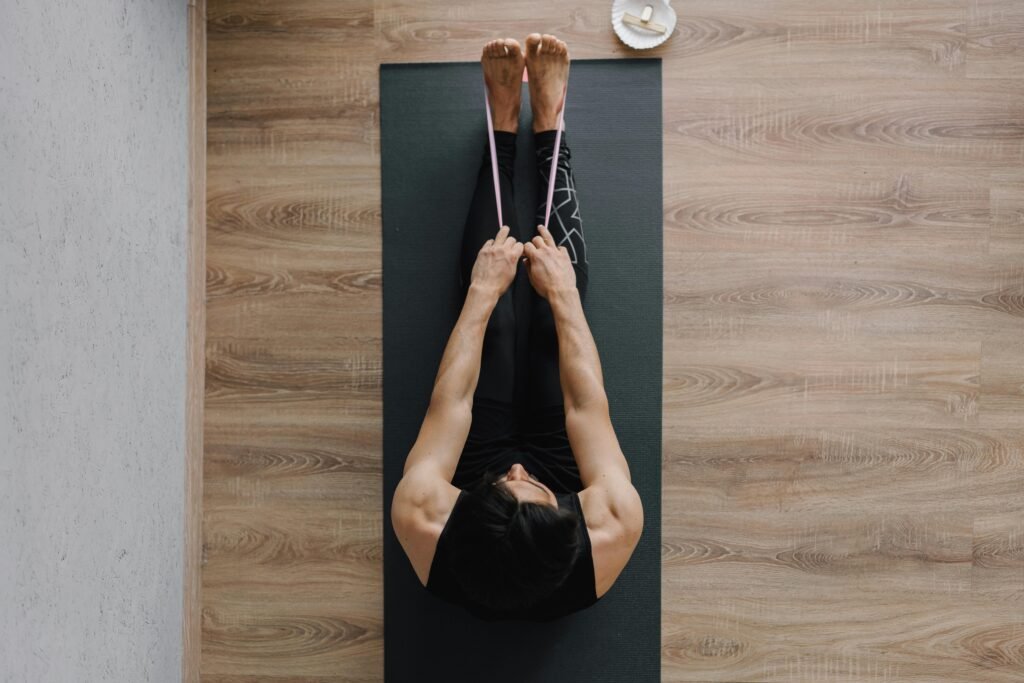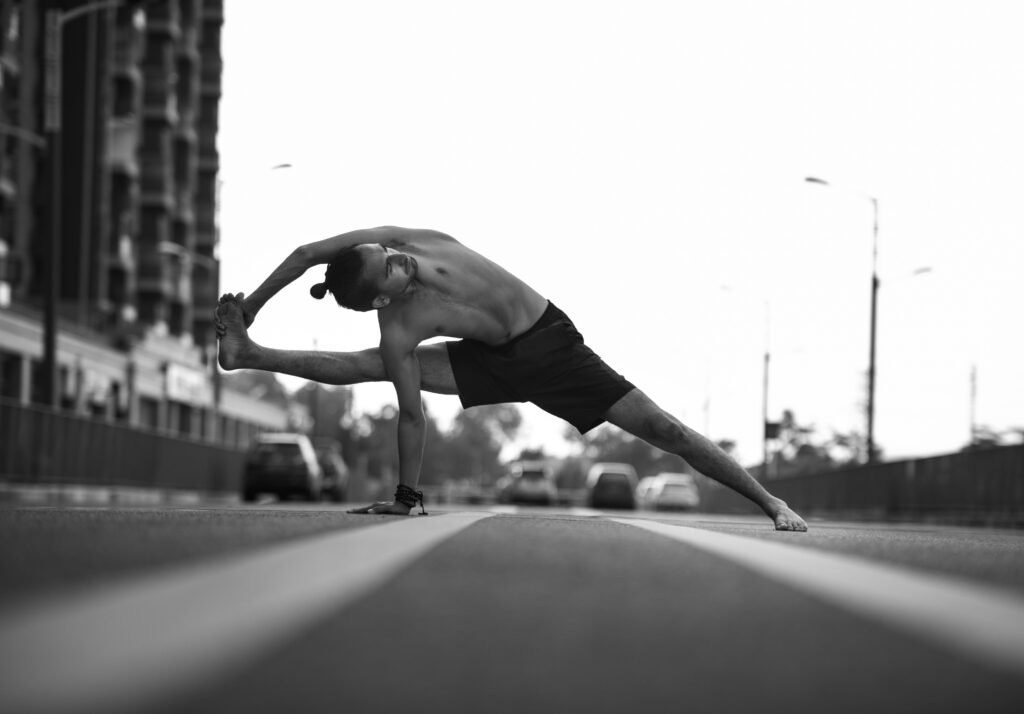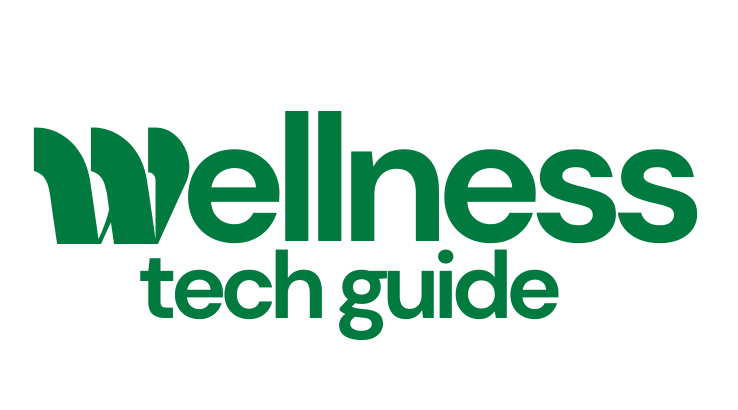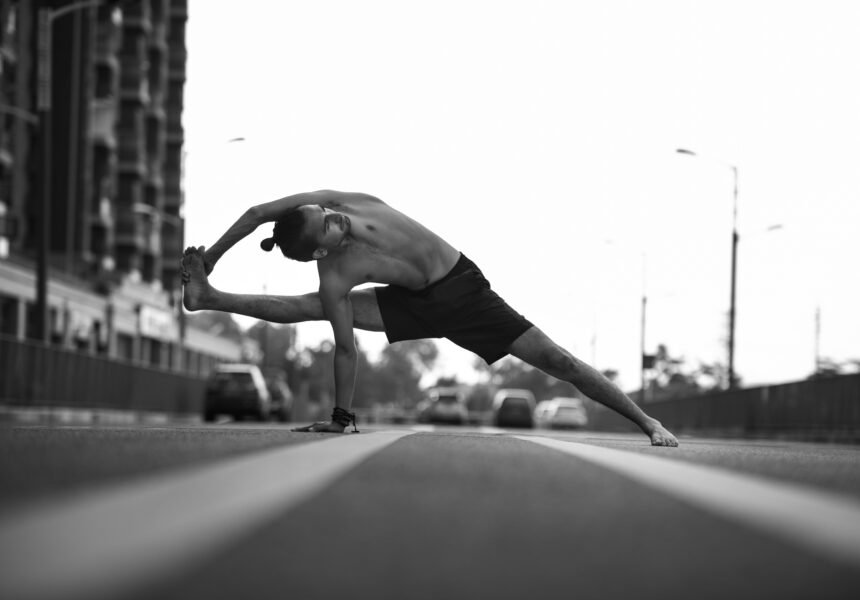You’re in a crowded gym, waiting for that bench press to free up, when you spot someone in the corner doing incredible human flag holds and muscle-ups using nothing but their own body. That’s the magic of calisthenics – the art of building serious strength without touching a single weight.
I’ve been fascinated by calisthenics ever since I watched my first street workout video. Here’s someone defying gravity with nothing but determination and their own body weight. It’s like watching real-life superheroes, except these powers are actually attainable.
What Exactly Is Calisthenics?
Calisthenics comes from the Greek words “kalos” (beautiful) and “sthenos” (strength). It’s a form of exercise that uses your body weight as resistance to build muscle, improve flexibility, and boost cardiovascular health. Think push-ups, pull-ups, squats, and dips – but taken to levels that would make a gymnast jealous.
Unlike traditional weightlifting where you’re moving external loads, calisthenics training challenges you to master your own body through space. It’s functional fitness at its finest, developing the kind of strength that translates directly to real-world movements.
The Game-Changing Benefits of Bodyweight Training
Let me tell you why calisthenics has completely transformed my approach to fitness. The benefits go way beyond just building muscle, and research from Harvard Medical School confirms that “fitness experts regard calisthenics as an effective way to keep in shape that can help improve strength, endurance, flexibility, and coordination.”
Convenience That’s Actually Convenient You can literally train anywhere – your living room, a park, a hotel room, even a parking garage. No gym membership required, no waiting for equipment, no excuses.
Functional Strength That Matters Calisthenics exercises mirror natural human movements. When you can do a perfect pistol squat, you’ll never struggle getting up from a low chair again. That’s strength you can actually use. A 2017 study from the University of Palermo demonstrated significant improvements in posture, strength, and body composition following calisthenics training interventions.
Joint-Friendly Training Unlike heavy weights that can stress your joints, bodyweight exercises promote healthy joint mobility and stability. Research shows that calisthenics solely rely on bodyweight for resistance, which naturally adapts to an individual’s unique physical attributes like limb length and muscle-tendon insertion points, making it safer for your joints than external loading.
Mental Toughness Builder There’s something uniquely challenging about mastering your own body. Every rep requires focus, control, and mental grit that carries over into every aspect of life.

Getting Started: No Equipment, No Problem
One of the biggest misconceptions about calisthenics is that you need to be super fit to start. That’s complete nonsense. I’ve seen complete beginners transform their bodies starting with basic movements.
Essential Beginner Calisthenics Exercises:
- Push-ups (start on knees if needed)
- Bodyweight squats
- Assisted pull-ups (using resistance bands)
- Planks for core stability
- Lunges for leg strength
- Pike push-ups for shoulder development
The beauty of calisthenics progression is that every exercise has modifications. Can’t do a full push-up? Start with wall push-ups. Can’t do a pull-up? Use assistance bands or focus on negative reps.
If you want to start your calisthenics journey, here’s a simple calisthenics workout you can do at home with close to no equipment!
Can Women Practice Calisthenics?
This question always makes me shake my head. Of course women can practice calisthenics! In fact, some of the most impressive calisthenic athletes I know are women.
Women often excel at certain calisthenics movements due to having lower centers of gravity and typically better flexibility. I’ve seen female athletes nail handstand push-ups and front levers that would humble most gym bros.
The key is starting with proper progressions and focusing on form over ego. Calisthenics exercises for women follow the same principles – progressive overload using your body weight as resistance. A 2018 study in the Journal of Strength and Conditioning Research found that progressive calisthenic push-up training resulted in significant increases in muscle strength for participants.
How Often Should You Train?
Here’s where calisthenics gets interesting. Unlike heavy weightlifting where you need days of recovery, bodyweight exercises can often be practiced more frequently. Research from BMC Public Health indicates that resistance training provides significant health benefits, yet roughly 3/4 of adults in the United States don’t meet current physical activity guidelines.
My recommended training frequency:
- Beginners: 3-4 times per week
- Intermediate: 4-5 times per week
- Advanced: 5-6 times per week (with varied intensities)
The key is listening to your body. Some movements like handstand practice can be done daily, while others like weighted calisthenics might need more recovery time.
Muscles That Get Worked (Spoiler: All of Them)
Calisthenics is the ultimate full-body training system. Unlike isolation exercises, compound bodyweight movements work multiple muscle groups simultaneously:
Upper Body: Pull-ups demolish your lats, rhomboids, and biceps. Push-ups hit chest, shoulders, and triceps. Handstands work shoulders and core like nothing else.
Lower Body: Squats and lunges target quads, glutes, and calves. Single-leg movements like pistol squats add unilateral strength and stability challenges.
Core: Every calisthenics exercise engages your core. Planks, L-sits, and human flags turn your midsection into armor plating.

The Art of Calisthenics Progression
This is where calisthenics gets addictive. The progression system is like a video game for your body. Master one level, unlock the next.
Pull-up Progression Example:
- Dead hangs (build grip strength)
- Assisted pull-ups (with bands)
- Negative pull-ups (eccentric focus)
- Full pull-ups
- Weighted pull-ups
- One-arm pull-up progression
Each stage has clear benchmarks and achievements. It’s incredibly motivating to track your progress through actual skill acquisition rather than just adding weight to a bar.
Warming Up: Your Success Foundation
Never skip your warm-up. I learned this the hard way after tweaking my shoulder attempting muscle-ups on cold joints.
Effective Calisthenics Warm-up Routine:
- Joint rotations (shoulders, hips, wrists)
- Dynamic stretching
- Light bodyweight movements
- Specific movement preparation
Five minutes of proper warm-up can save you weeks of injury recovery. Trust me on this one.
Advanced Moves: The Show-Stoppers
Once you’ve mastered the basics, advanced calisthenics moves await. We’re talking:
- Human flags
- Muscle-ups
- Handstand push-ups
- Front and back levers
- Pistol squats
- Planche push-ups
These moves require years of dedicated practice, but they’re achievable goals that keep training exciting and challenging.
Calisthenics vs. Weightlifting: The Eternal Debate
I get asked this constantly. Here’s my take: they’re both excellent, but serve different purposes. Harvard research shows that even smaller amounts of body-weight exercise can yield positive results – one study found that eight simple lower-body exercises led to a 15% increase in muscle strength and power after 10 months.
Calisthenics advantages:
- Better functional strength
- Improved body awareness
- More convenient
- Joint-friendly
- Develops relative strength
Weightlifting advantages:
- Easier to track progress
- Better for pure mass building
- More exercise variety
- Can target specific weaknesses
The truth? The best athletes often combine both approaches.
Setting Up Your Home Calisthenics Workouts
Creating an effective home workout space doesn’t require much:
Essential Equipment:
- Pull-up bar (doorway or wall-mounted)
- Resistance bands for assistance
- Yoga mat for floor work
- Parallettes for advanced moves (optional)
That’s literally it. For under $100, you can have a complete calisthenics setup that rivals any gym.
Top Product Recommendations
Here are the game-changing tools that can elevate your calisthenics training:
| Product | Brand/Link | Description |
|---|---|---|
| Ab Carver Pro | Harbinger | Premium ab wheel for core strengthening |
| Weighted Vest | SKLZ | Add resistance to bodyweight exercises |
| Resistance Bands | Escape Fitness | Perfect for assisted movements and mobility |
| Pull-up Bar | Harbinger Multi-Gym Pro | Versatile doorway pull-up system |
| Workout Gloves | Sissel | Grip support for high-volume training |
| Massage Ball | Pulseroll | 4-speed percussion for recovery |
| Jump Rope | Escape Fitness | Adjustable rope for conditioning |
| Parallettes | GORNATION | Professional bars for handstands and L-sits |
Creating Your Calisthenics Training Plan
A solid calisthenics routine should balance pushing, pulling, squatting, and core movements. Here’s a sample weekly structure:
Day 1: Upper body push focus Day 2: Lower body and core Day 3: Upper body pull focus Day 4: Full body integration Day 5: Skill work and flexibility
The key is consistency over intensity. I’d rather see you do 20 minutes daily than crush yourself for 2 hours once a week.
Street Workout Culture and Competition
Calisthenics has evolved into a global movement with competitions, communities, and street workout parks popping up everywhere. The competitive scene adds another dimension to training, with athletes judged on strength, creativity, and flow.
Finding your local calisthenics community can provide motivation, coaching, and friendship. Search for “street workout parks near me” or join online communities to connect with fellow enthusiasts.
The Mental Game
Here’s what nobody talks about: calisthenics is as much mental as physical. Learning to hold a handstand teaches patience. Working toward your first muscle-up builds persistence. Mastering the human flag develops unshakeable confidence.
Every time you push through that burning sensation in a plank hold, you’re not just building abs – you’re building character.
Your Next Steps
Ready to start your calisthenics journey? Here’s my action plan:
- Start simple – Master basic movements first
- Be consistent – Train regularly, even if briefly
- Track progress – Document your journey
- Find community – Connect with other practitioners
- Stay patient – Advanced moves take time
Remember, every expert was once a beginner. That person doing incredible moves in the park? They started with basic push-ups too.
Final Thoughts
Calisthenics isn’t just exercise – it’s a way of reclaiming your body’s natural movement patterns and unlocking strength you never knew you had. In a world of complicated fitness trends and expensive equipment, there’s something beautifully simple about mastering your own body weight.
If you still don’t think calisthenics is your thing, try other begginer fitness challenges!
Whether you’re looking to build muscle, improve functional strength, or just find a convenient way to stay fit, calisthenics offers a path that’s both challenging and accessible.
The only question left is: Are you ready to discover what your body is truly capable of?
Start your calisthenics journey today. Begin with just 10 push-ups and 30 seconds in a plank. Your future strong self will thank you.





